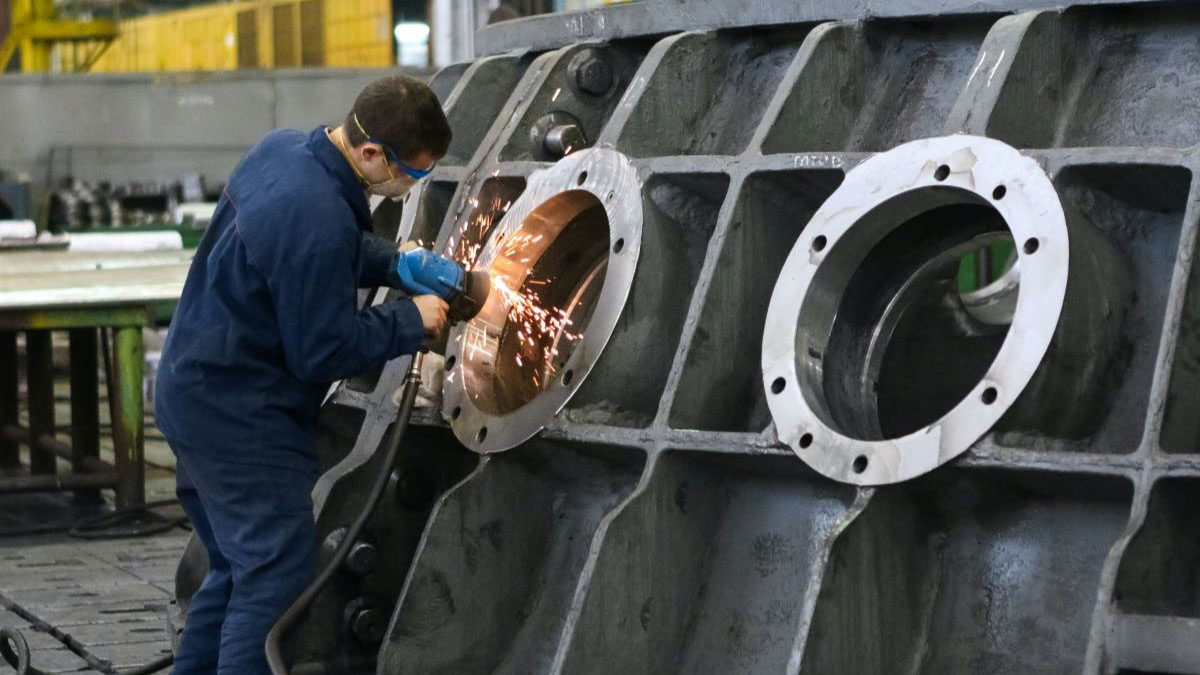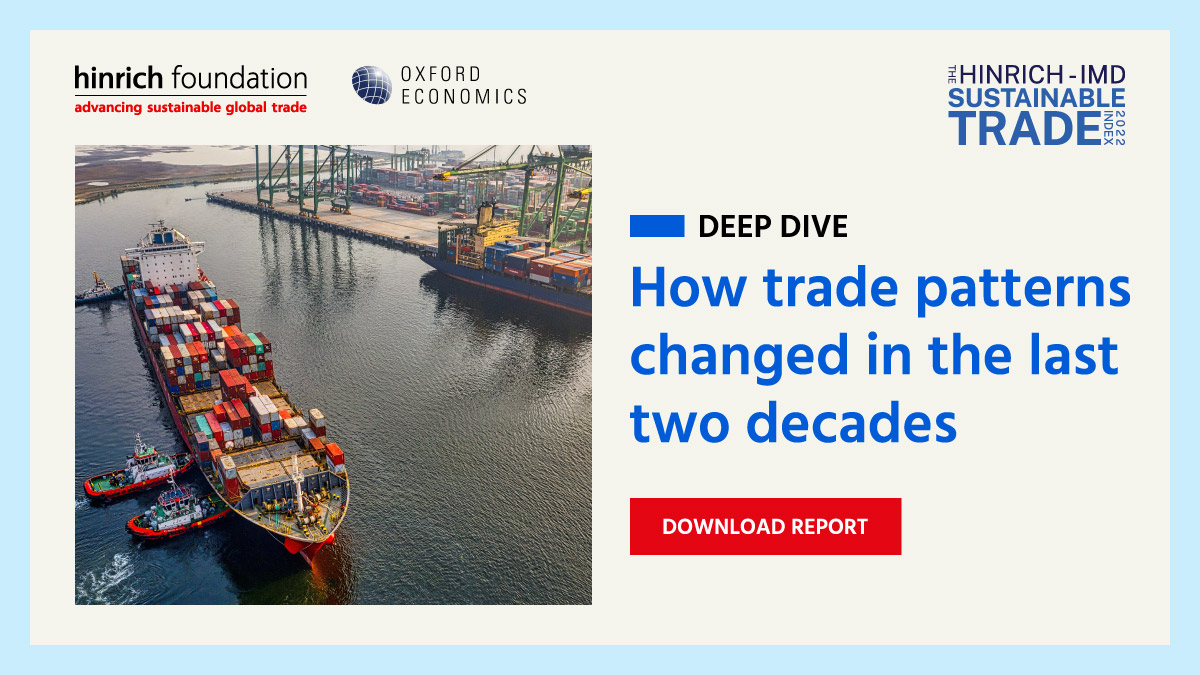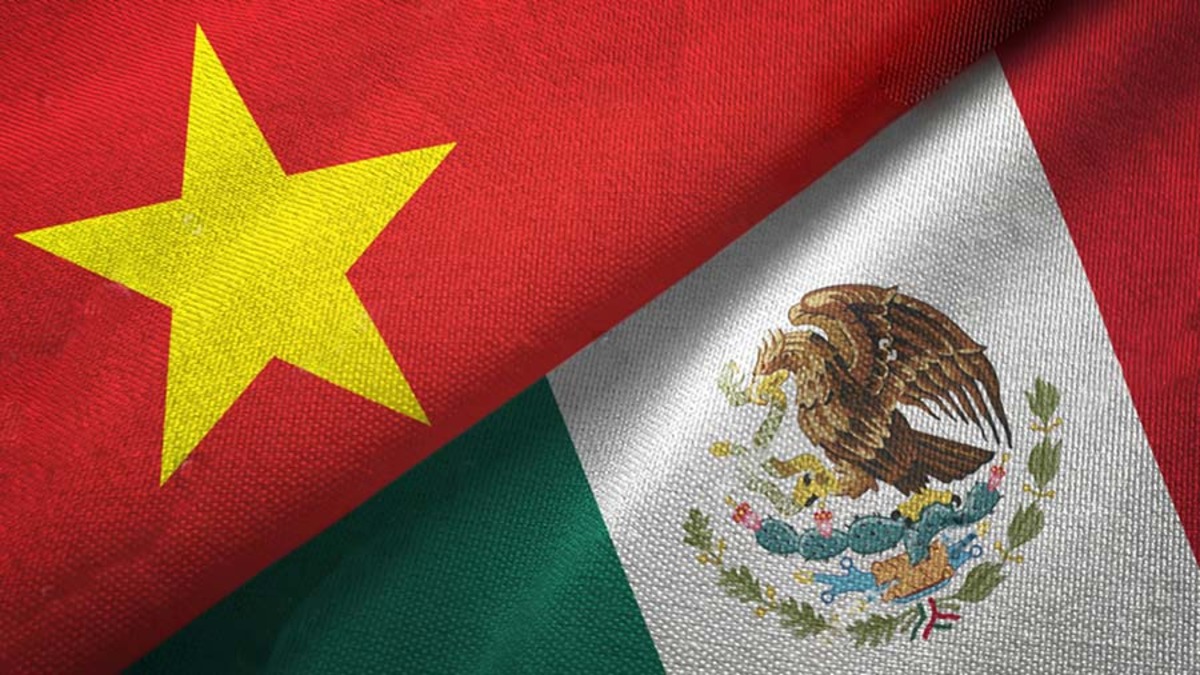Trade and geopolitics
The Deglobalization Myth: Summing up Asia's supply chain changes
Published 26 March 2024
Global supply chains have continued to expand in recent years despite talk of nearshoring. While US-China decoupling has materialized, China remains the center of Factory Asia. And the region’s intermediate goods trade has been diversifying as new supply chain hotspots emerge around China. Here’s a summary of our deep dive report.
Key highlights:
- Global supply chains have continued to expand between 2018 and 2022, despite talk of deglobalization and near-shoring. We also found some evidence of China’s decoupling – but only with US and Japan. In contrast, China has become more important for international supply chains in major Group of Seven economies.
- Several Asian countries are emerging as "hotspots" of supply-chain trade growth. In particular, Vietnam and Indonesia registered double-digit growth in annual intermediate goods exports during this period.
- Countries don’t have to choose sides in the China-US decoupling. In fact, Vietnam and Taiwan became a lot more important for supply chains of both the US and China during this period.
The recent and multiple disruptions to global supply chains, such as the US-China trade war, Covid-19, and sanctions on Russia have prompted businesses and governments alike to re-evaluate the resilience of their supply chains. These issues are not new. Since the early 2010s, rising labor costs in China have caused many enterprises to explore alternative manufacturing bases and sourcing strategies to maintain their competitiveness.
The added focus on geopolitics and supply chain resilience have led to various claims about the demise of globalization, the rise of near-shoring, and the decoupling of China from the supply chains of Western companies. Not only have disruptions driven up the cost of trading due to higher tariffs and sanctions, but they also added policy uncertainties that hinder the smooth and efficient operation of global production networks.
The Deglobalization Myth, a deep dive report commissioned by the Hinrich Foundation for the foundation’s Sustainable Trade Index, presents an overview of global and Asian supply chains and assesses data on bilateral cross-border trade of intermediate goods (IG), the components needed for finished goods.
We find that global supply chains, measured by trade in intermediate goods, have continued to expand, despite talk of deglobalization and near-shoring. Total intermediate goods exports grew by an annualized rate of 6% in 2018-22.
Regional sourcing, measured by the share of IG imports originating from countries within the region, have fallen across most of the world, suggesting that near-shoring may not yet be a prevalent supplier strategy globally. This does not refute isolated incidences of near-shoring. Since November 2022, Mexico has overtaken China as the top provider of international inputs to the US.
On the other hand, we find evidence that decoupling has materialized for China’s trade with the US and Japan – China's share of IG imports into the US fell from 18.5% in 2018 to 14.1% in 2022. This share dropped to 11.4% in the first half of 2023.
In contrast, China has gained importance as a source of inputs shipped to several G7 economies. For example, between 2018 and 2022, China’s share of total IG imports increased from 11.1% to 15.9% in Germany, and from 10.3% to 15.1% in the United Kingdom. These shifts bring into question the narrative of "friend-shoring."
It is also in Asia where we find the most dynamism in supply chain reconfiguration. While China remains the center of Factory Asia, the Asia-Pacific’s IG trade has been diversifying. The dominance of Asia’s top three IG exporters (China, Korea, and Japan) declined over the past five years to 2022, with their share in regional export declining from 59.4% in 2018 to 54.8% in 2022.
A few Asian countries are emerging as "hotspots" of IG trade growth in this volatile and increasingly tense geopolitical global environment. In particular, Vietnam and Indonesia registered double-digit growth in annual IG exports during this period. The growth of IG exports in multiple countries (and China’s own trade data) suggest that the 'China plus one' investment strategy is giving way to a 'China plus two, three, or four' strategy.
High-level comparative analysis of these "hotspot" economies reveals markedly different economic structures and geopolitical orientations. For example, Vietnam has made strides in becoming more important for international sourcing for both the US and China. This reflects not only the need of Western multinationals but also Chinese enterprises looking to expand production bases abroad. Foreign direct investment inflows from China to Vietnam have surged in 2023 and are now the largest of any country to Vietnam. In contrast, India has become more important for US supply chains, but less important for China’s supply chains.
Despite escalating geopolitical tensions, China has become increasingly reliant on Taiwan for its inputs. Taiwan’s share of China’s IG imports increased from 12.2% to 14.0% between 2018 and 2022, partly driven by higher demand for advanced semiconductor products during the pandemic that drove up prices for these products. Taiwan produces more than 60% of the world's semiconductors and more than 90% of the most advanced ones.
The diversity of economic structures and US-China orientations across these "hotspot" countries suggest that there is more than one winning strategy to navigate the changing landscape of global supply chains.
Going forward, we would expect the geography of Asia’s supply chains to continue evolving due to multiple factors. First, heightened US-China tensions including over the Taiwan Strait will continue to put pressure on multinational enterprises to prioritize the resilience of supply chains, spurring the diversification and relocation of supply chains.
Second, the revival of industrial policies among Western governments is creating attractive subsidies for companies to reshore at least parts of their production networks. Environmental policies such as European Union’s Carbon Border Adjustment Mechanism and Deforestation Regulation are also expected to have large impacts on Asia’s production, reshaping the competitiveness landscape. In particular, Asian producers risk getting locked out from certain trading routes due to their weaker ability to comply with new regulations and the region’s energy dependence on fossil fuels.
Third, economics matter, even if most of the discussion around supply chain reconfiguration has focused on geopolitics and public policy. Enterprises benefit from co-locating in areas with a dense industrial network as they can share resources, find better matches in skill sets, suppliers, customers, and benefits from innovation. These external economies of scale will make such places “sticky”, such that economies that manage to gain a critical mass of market share during this reconfiguration of global supply chains will continue to grow long into the future.
© The Hinrich Foundation. See our website Terms and conditions for our copyright and reprint policy. All statements of fact and the views, conclusions and recommendations expressed in this publication are the sole responsibility of the author(s).








